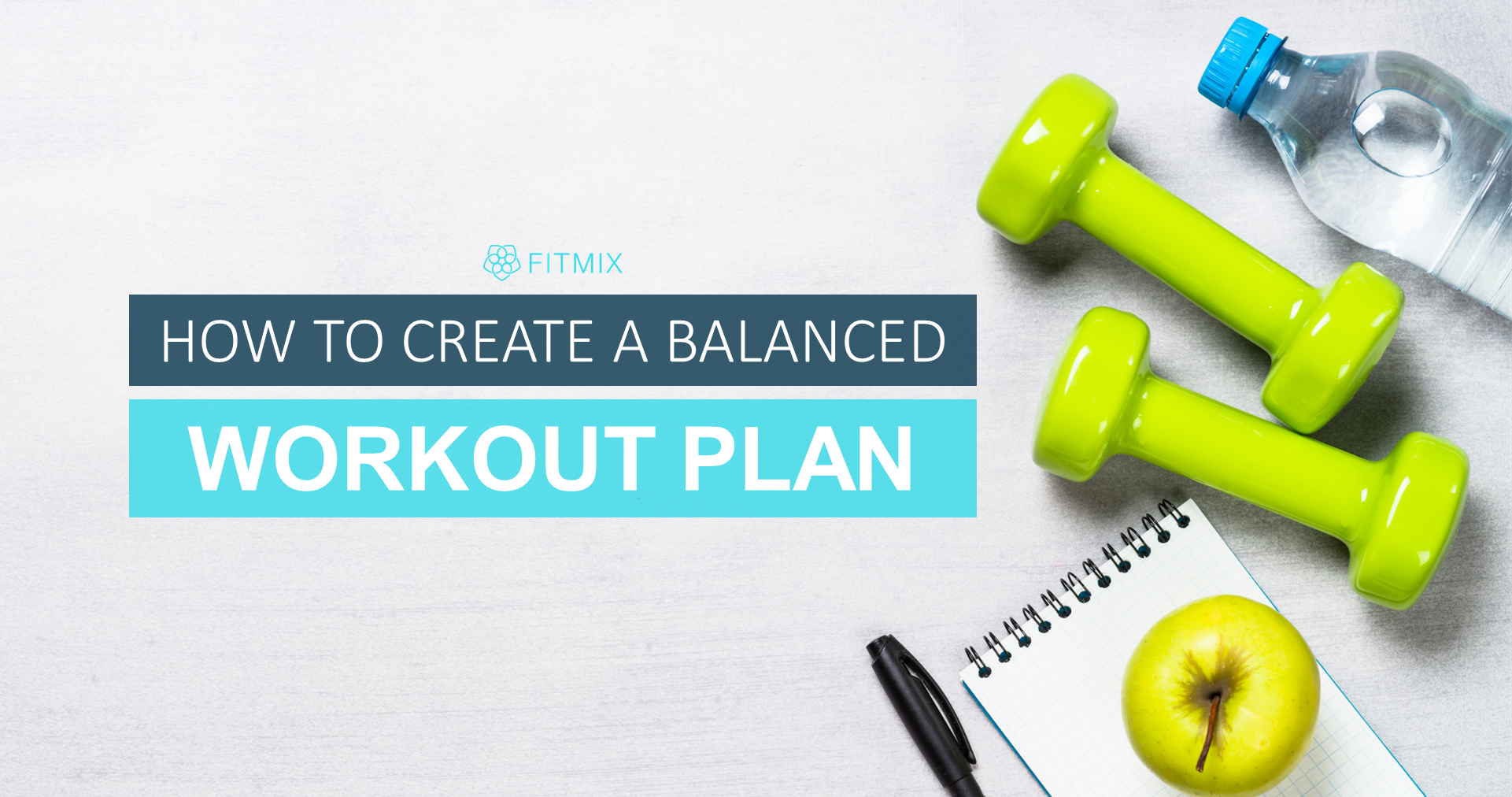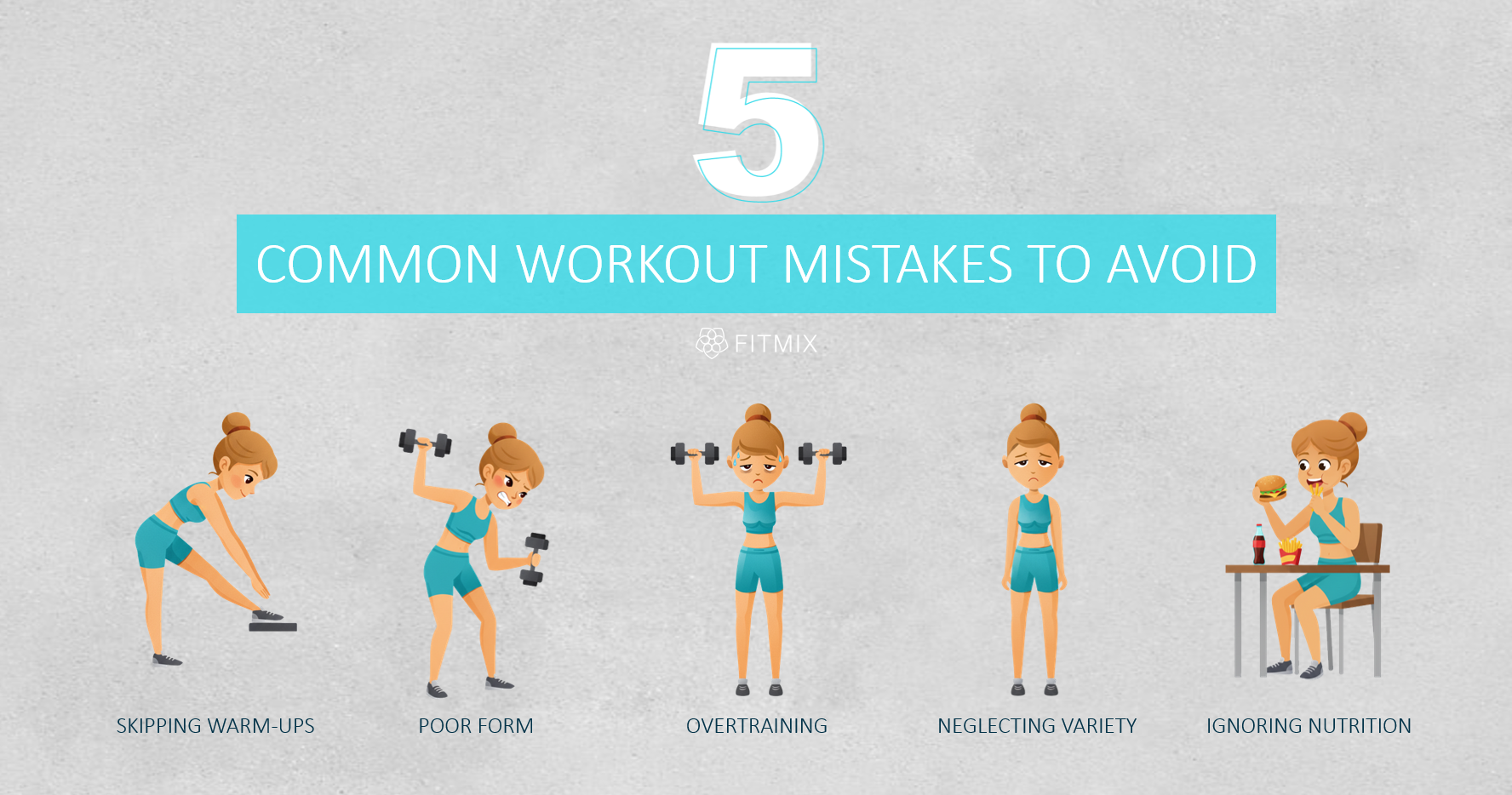How to Create a Balanced Workout Plan
 August 10, 2024
August 10, 2024
 0
0
 0
0

A balanced workout plan is essential for achieving overall fitness and preventing injuries. It should include a mix of cardiovascular exercise, strength training, flexibility exercises, and rest. Here’s how to create a well-rounded workout plan that suits your needs.
Components of a Balanced Workout Plan
1. Cardiovascular Exercise
Cardio workouts are essential for heart health and endurance. They help burn calories, improve lung capacity, and boost overall energy levels.
Examples: Running, cycling, swimming, brisk walking, dancing
Frequency: Aim for at least 150 minutes of moderate-intensity or 75 minutes of high-intensity cardio per week.
2. Strength Training
Strength training builds muscle, increases metabolism, and strengthens bones. It can also improve functional fitness, making daily activities easier.
Examples: Weightlifting, bodyweight exercises, resistance band workouts
Frequency: Include strength training exercises at least two days per week, targeting all major muscle groups.
3. Flexibility and Mobility
Flexibility exercises enhance the range of motion in your joints, reduce muscle stiffness, and prevent injuries. Mobility exercises improve movement patterns and joint health.
Examples: Yoga, Pilates, dynamic stretching
Frequency: Incorporate flexibility and mobility exercises into your routine at least three days per week.
4. Rest and Recovery
Rest days are crucial for muscle recovery, preventing burnout, and reducing the risk of injuries. They allow your body to heal and adapt to the demands of your workouts.
Frequency: Schedule at least one to two rest days per week, depending on your activity level and fitness goals.
Tips for Creating Your Workout Plan
1. Assess Your Fitness Level
Consider your current fitness level, any medical conditions, and your fitness goals. This will help you determine the intensity and frequency of your workouts.
2. Set Realistic Goals
Define clear, achievable goals that align with your fitness level and lifestyle. Whether you want to lose weight, build muscle, or improve endurance, having specific goals will guide your plan.
3. Plan Your Weekly Schedule
Create a weekly schedule that includes a variety of workouts. Balance cardio, strength, and flexibility exercises throughout the week, and include rest days to allow for recovery.
4. Listen to Your Body
Pay attention to how your body responds to your workouts. Adjust the intensity and duration of your exercises based on your energy levels, soreness, and overall well-being.
5. Stay Flexible
Life can be unpredictable, so be prepared to adapt your workout plan as needed. If you miss a workout, don’t get discouraged—simply get back on track the next day.
Sample Balanced Workout Plan
Monday: Cardio (e.g., 30-minute run or cycling)
Tuesday: Strength training (e.g., full-body workout with weights)
Wednesday: Flexibility (e.g., 30-minute yoga session)
Thursday: Cardio (e.g., 45-minute dance class)
Friday: Strength training (e.g., upper body focus)
Saturday: Active recovery (e.g., 30-minute walk and stretching)
Sunday: Rest or light activity (e.g., leisurely bike ride)
Conclusion
Creating a balanced workout plan involves incorporating various types of exercises to improve cardiovascular health, build strength, enhance flexibility, and allow for adequate rest. By assessing your fitness level, setting realistic goals, and planning your weekly schedule, you can develop a well-rounded routine that promotes overall health and fitness. Stay consistent, listen to your body, and enjoy the journey to a healthier, fitter you!
Subscribe to My Newsletter
Fill your email below to subscribe to my newsletter
Comments (00)
Be the first to comment!
Leave a Reply
Your email address will not be published. Required fields are marked *





